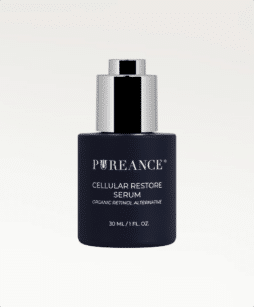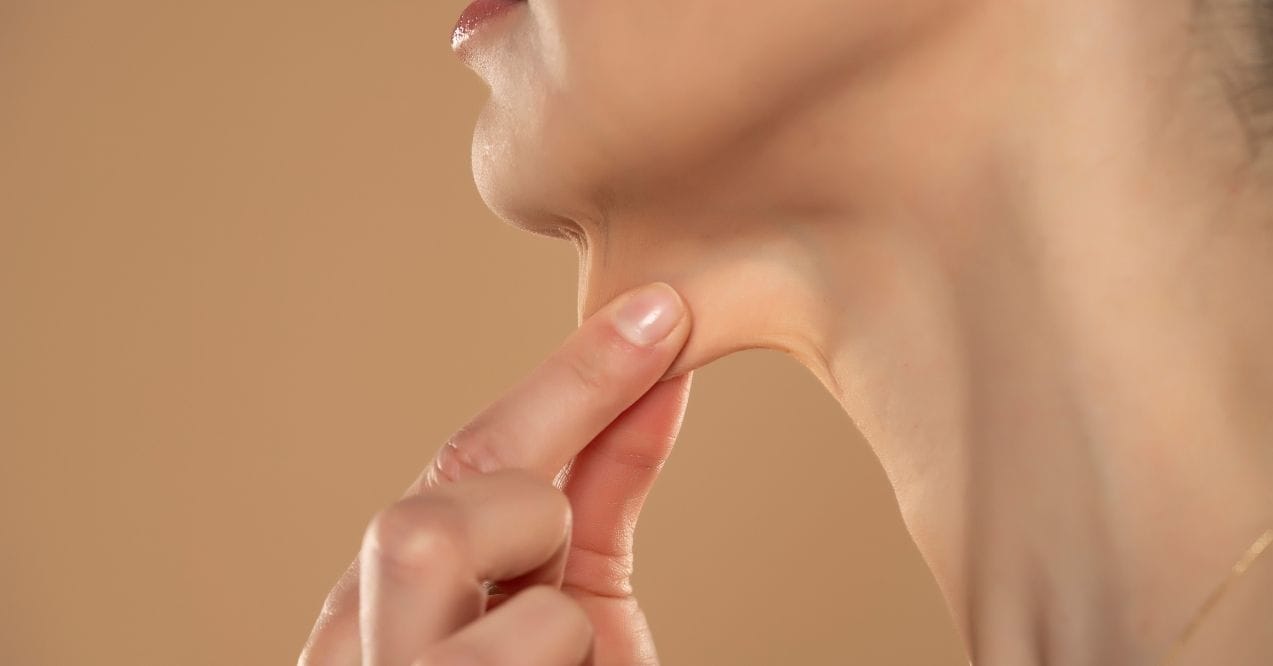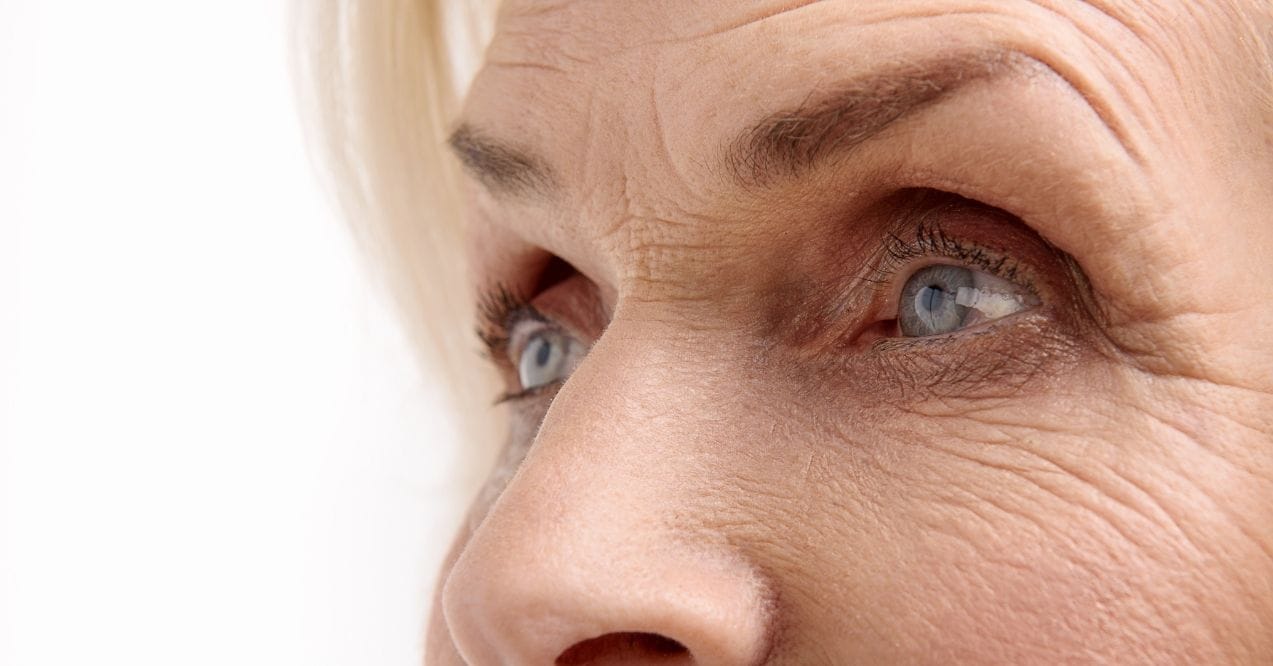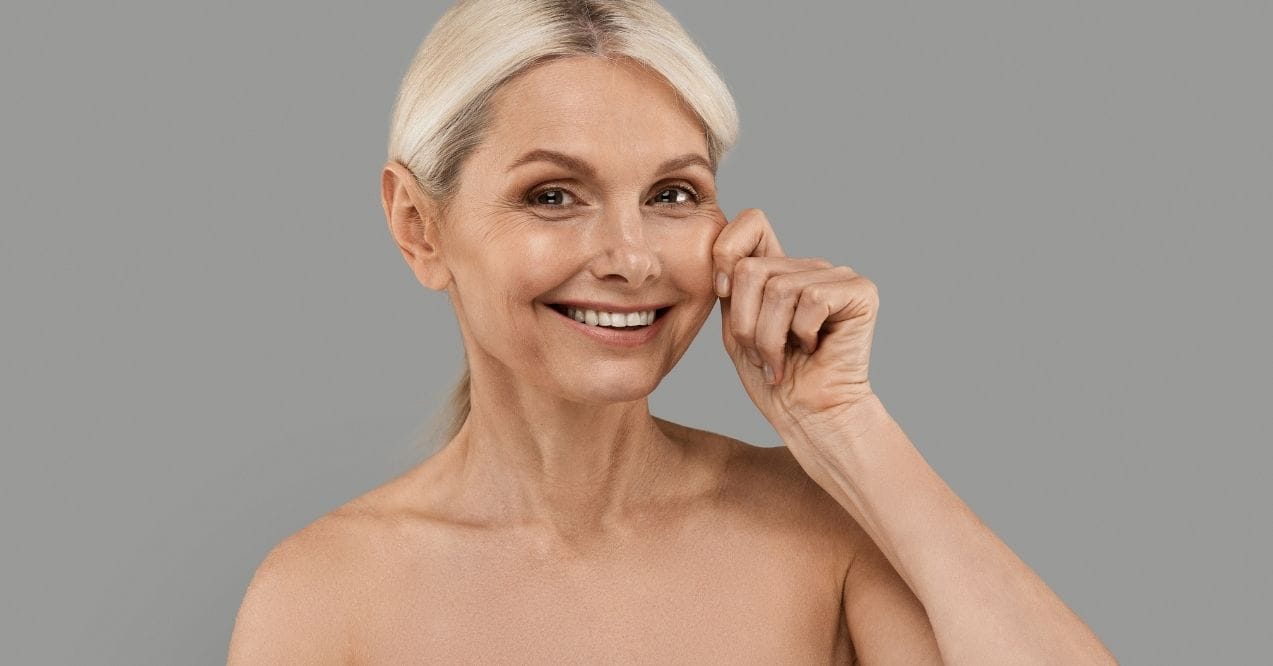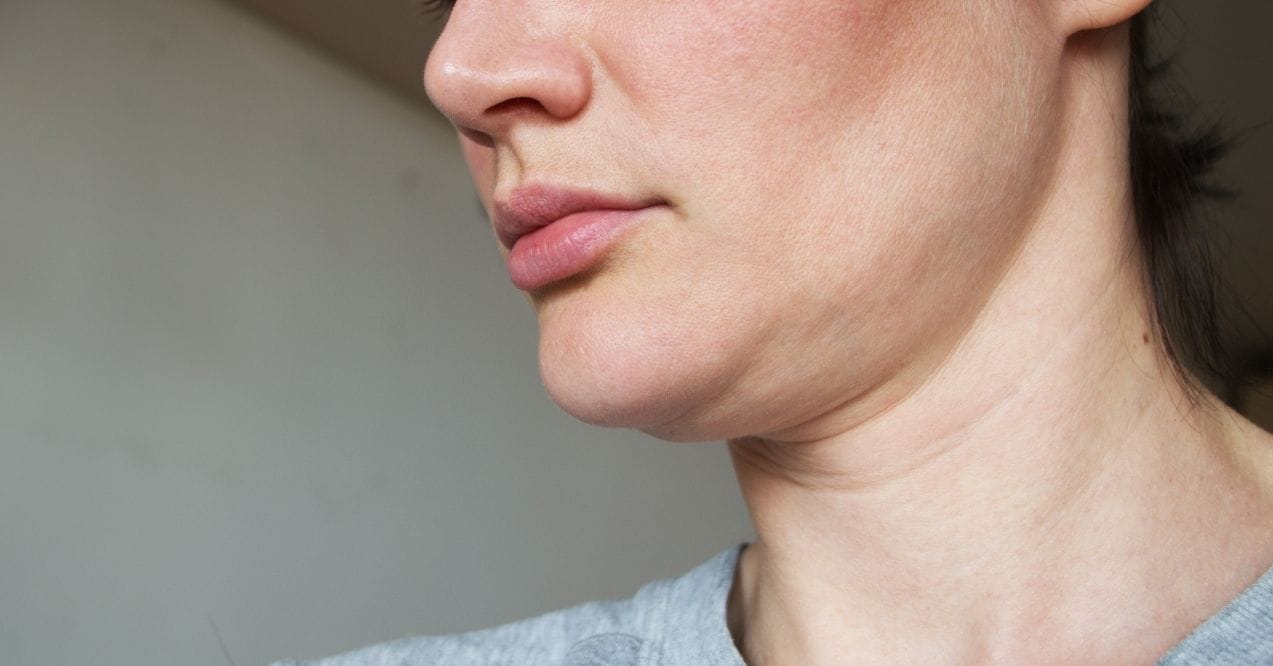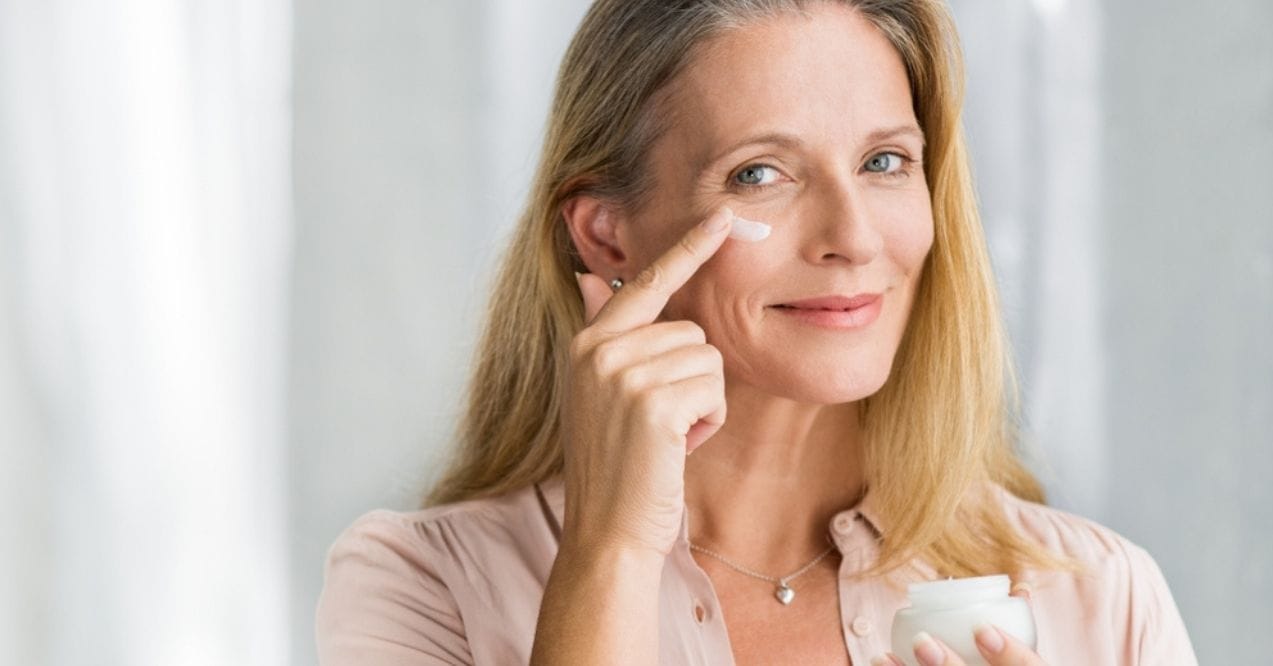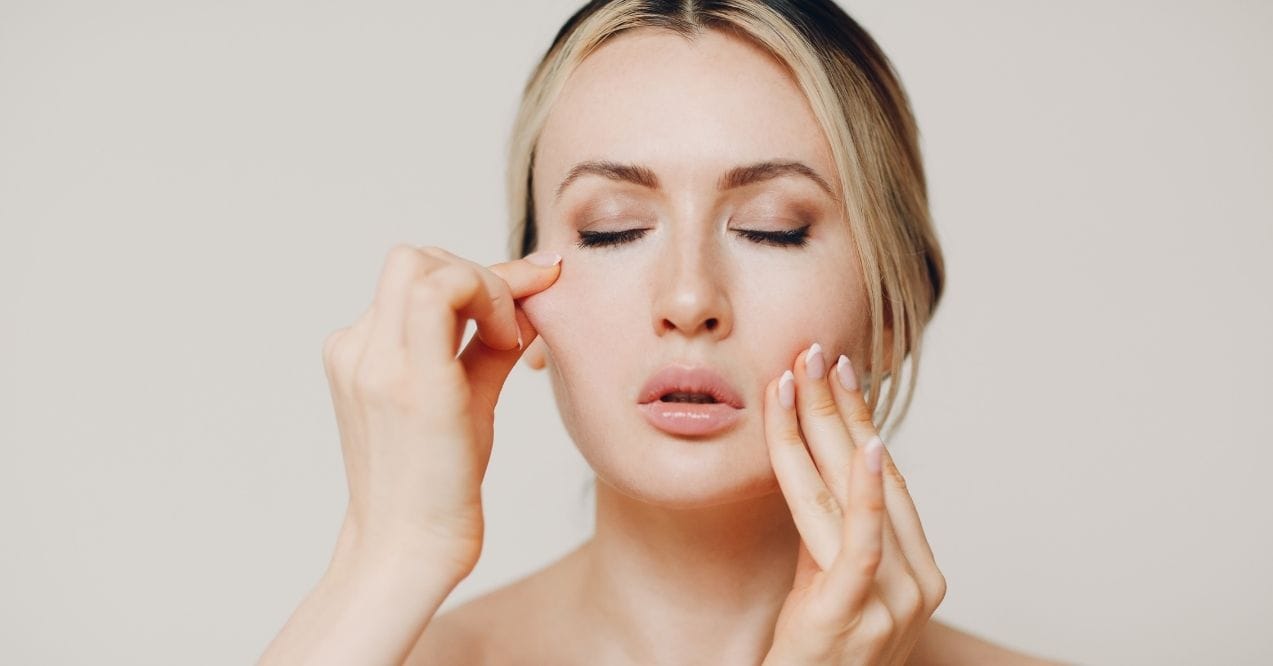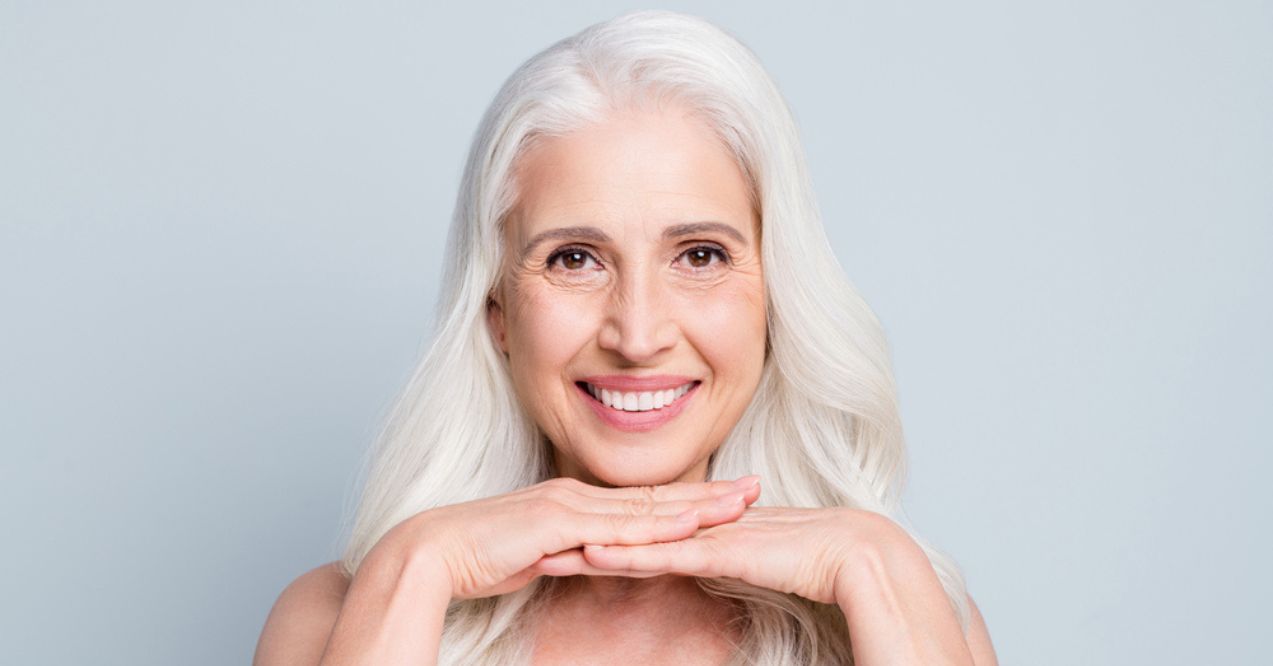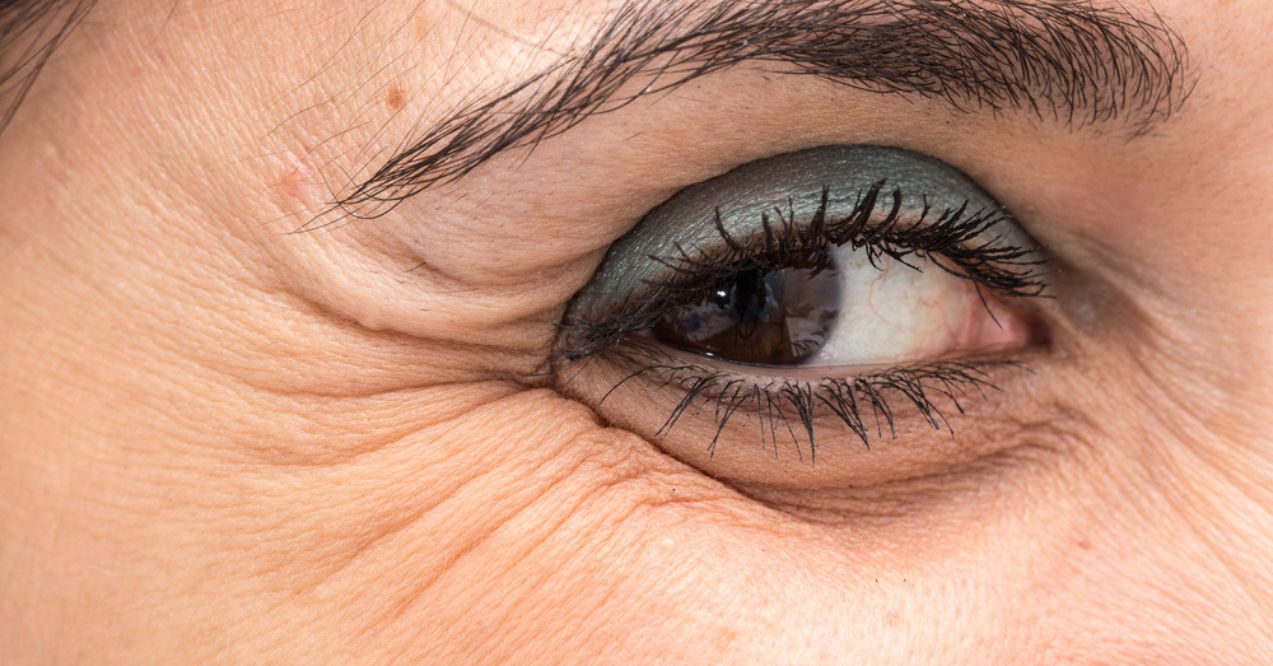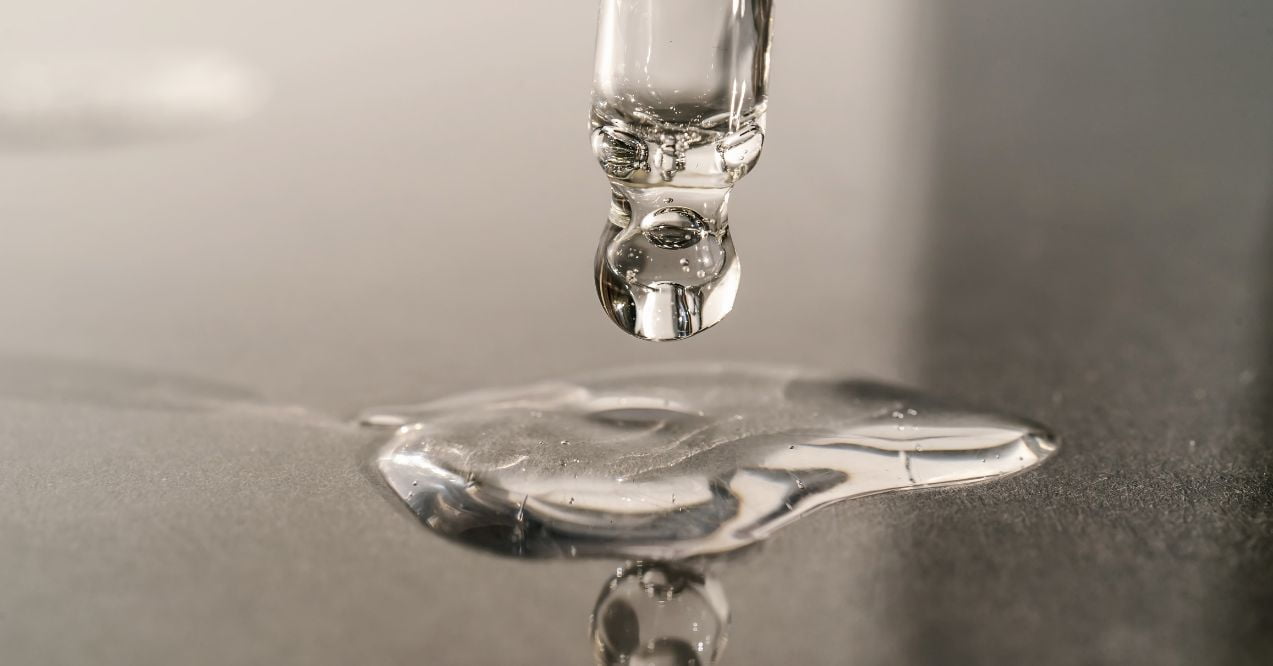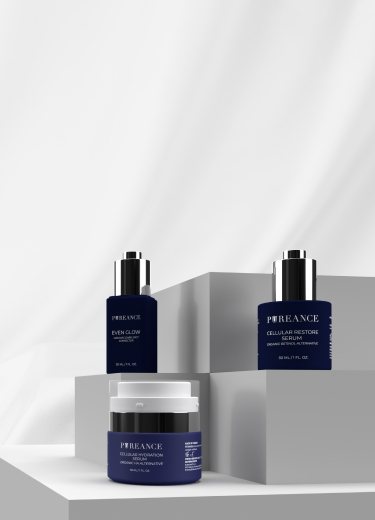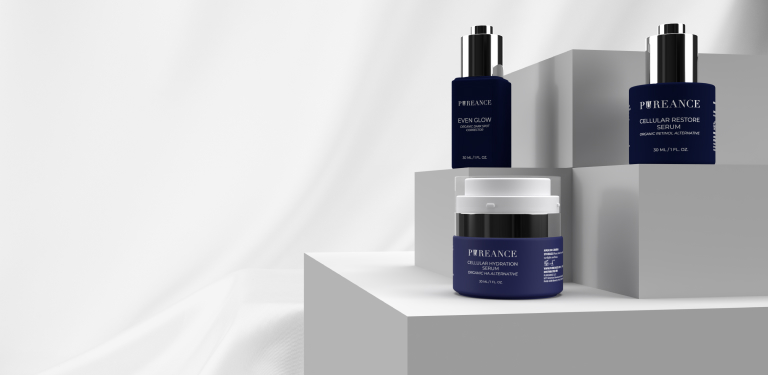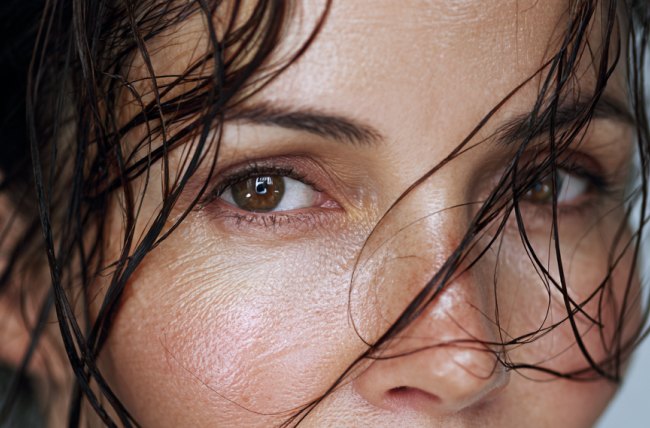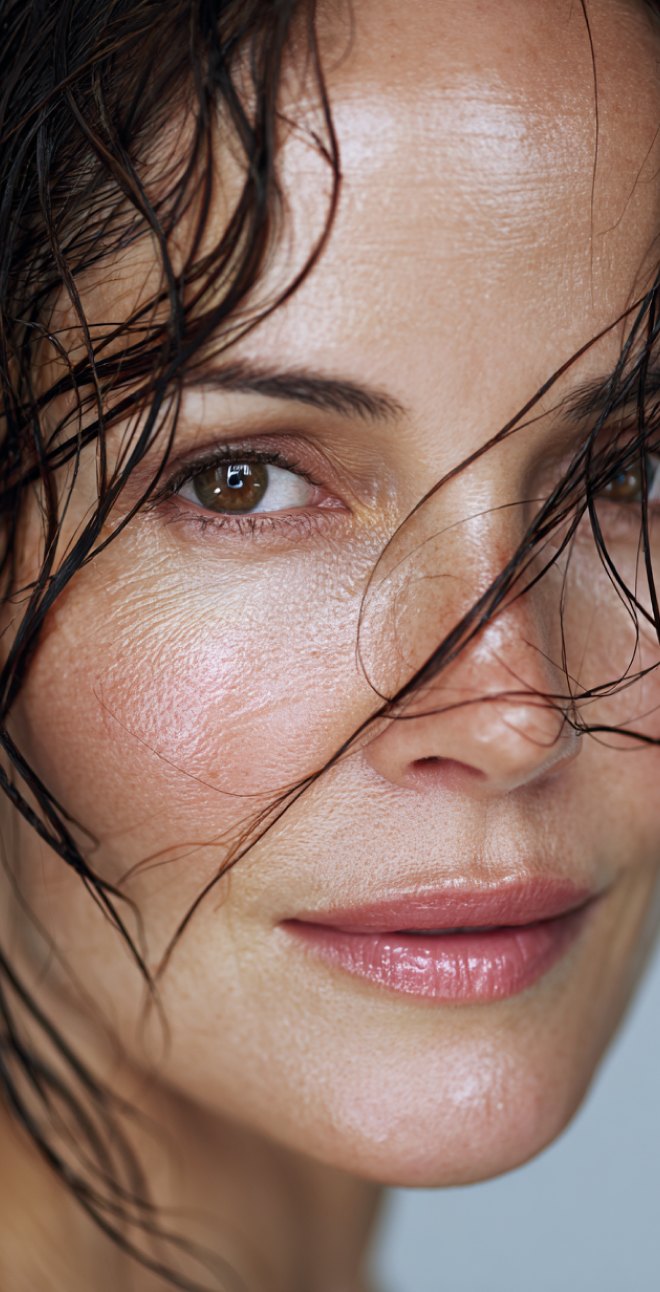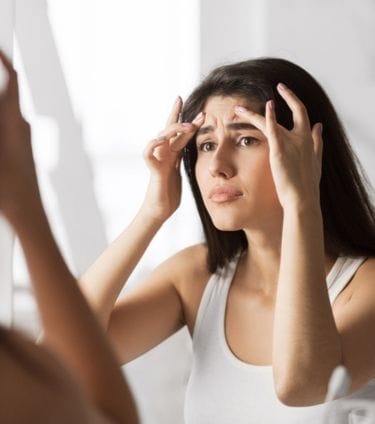


What Causes Forehead Wrinkles?
Have you ever caught yourself frowning at your reflection, wondering what causes forehead wrinkles? You’re not alone. Those horizontal lines that appear across our foreheads are among the most common signs of our skin’s journey through time. While they might sometimes make us pause, these natural facial features tell a fascinating story about our expressions, lifestyle, and even our overall well-being.
In this guide, we’ll explore the various factors behind forehead wrinkles, helping you understand their development across different life stages and their connection to your body’s natural processes.
Key Article Findings
- Forehead lines result from natural aging, facial movements, and lifestyle factors working together, not just from getting older.
- Each life stage brings unique changes to our skin, from early expression lines in our 20s to more lasting creases in later years.
- Our skin’s appearance connects closely with overall well-being, especially reflecting stress levels and daily self-care habits.
What Are Forehead Wrinkles?
Wrinkles on the forehead appear as horizontal lines that run across the upper face, naturally developing as our skin’s structure changes over time. These distinctive marks can range from subtle creases to more defined lines, reflecting years of facial expressions and life experiences. Think of your skin as a piece of fine fabric – with regular movement and time, it develops natural creases that tell the story of its journey.
Dynamic vs. Static Wrinkles
When we discuss forehead wrinkles, we’re actually talking about two distinct types. Dynamic wrinkles appear temporarily when we raise our eyebrows, concentrate, or make other expressions. They’re like temporary folds in a piece of paper that smooth out when we relax. Static wrinkles, however, remain visible even when our face is at rest, developing gradually as our skin’s natural support system evolves with time.
Common Misconceptions
Let’s clear up some confusion about wrinkles on the forehead. Many believe they’re solely a result of aging, but that’s not the complete picture. While time plays a role, factors like daily water intake, rest patterns, and environmental elements all contribute to how our skin appears.
Another myth is that facial expressions alone cause these lines – in reality, it’s a combination of various lifestyle and environmental factors working together that influence their development.
Why Do I Have Forehead Wrinkles?
Understanding what causes forehead wrinkles helps us better appreciate our skin’s natural journey. While these lines are a normal part of life, several key factors influence when and how they develop. Let’s explore the main reasons behind those familiar forehead lines.
1. Natural Aging Process
As time passes, our skin naturally undergoes changes in its foundation. Think of your skin’s support system like a mattress – over time, the springs (collagen) become less bouncy, and the padding (elastin) thins out. This natural process means our skin becomes less resilient and more likely to show lines and creases, particularly in areas of frequent movement like the forehead.
2. Facial Expressions and Repetitive Movements
Every raised eyebrow, moment of concentration, or surprised expression contributes to forehead lines causes. These repeated movements are like folding a piece of paper in the same place – eventually, the crease becomes more permanent. Our everyday expressions, from reading to responding in conversations, play a significant role in forming these characteristic lines.
3. Lifestyle and Environmental Factors
Modern life presents various challenges to our skin. Sun exposure, air pollution, and even the blue light from our devices can impact our skin’s appearance. Lack of sleep, dehydration, and environmental stressors may also influence how our forehead lines develop. Protecting our skin from these external factors can support its natural resilience.
4. Genetics and Skin Type
Just as we inherit our eye color or height, our skin’s characteristics are partly written in our genes. Some of us naturally produce more oils, while others have drier skin types. These inherited traits influence how our skin responds to daily movements and environmental factors, affecting when and how forehead lines appear.
What Causes Forehead Wrinkles Across Life Stages?
Our skin’s journey is unique at every stage of life, with forehead lines developing gradually over time. Understanding what causes forehead lines at different ages helps us better appreciate and support our skin’s changing needs.
In Your 20s: Early Indicators
During our twenties, the first subtle signs of expression lines might appear, especially when we make animated facial movements. Environmental factors like UV rays and daily stress can begin to influence our skin’s natural resilience. This is when many notice fine lines appearing temporarily after long days of concentrated work or outdoor activities.
In Your 30s: Subtle Lines Emerge
This decade often brings more noticeable changes as our skin’s natural renewal process begins to slow. What causes forehead lines becomes more apparent as subtle creases may start to linger even after expressions relax.
In Your 40s and Beyond: Static Wrinkles Develop
As we embrace our 40s and beyond, our skin’s structure continues to evolve. The natural decrease in our skin’s moisture retention and elasticity means expression lines may become more prominent. These changes reflect our life experiences and the countless moments of joy, concentration, and wonder we’ve expressed through our faces over the years.
Are Forehead Wrinkles a Reflection of Health?
While forehead lines are primarily a natural part of our skin’s journey, research suggests they might offer subtle insights into our overall well-being. Understanding these connections can help us take a more holistic approach to supporting our skin’s natural vitality.
Cardiovascular Health
Recent studies have explored interesting connections between skin appearance and heart health. While more research is needed, scientists have observed that deep forehead lines might relate to our body’s natural aging process, including changes in blood vessels and circulation. However, it’s important to remember that many factors influence both our skin’s appearance and our overall wellness.
Stress and Mental Health
Our mental well-being and skin health share a fascinating connection. When we experience ongoing stress, our body produces certain hormones that can affect our skin’s natural renewal process. Taking time for relaxation and self-care not only supports our emotional balance but may also benefit our skin’s appearance.
Additionally, simple practices like adequate rest, staying hydrated, and finding moments of joy can positively influence both our mental state and our skin’s natural radiance.
Conclusion
Understanding what causes forehead wrinkles helps us appreciate them as natural markers of our life’s experiences. From our expressions of joy to moments of deep thought, these lines tell our unique story. By embracing our skin’s journey and supporting its natural processes through mindful care, we can maintain our skin’s vitality while celebrating the wisdom and character that comes with each passing year.
Forehead wrinkles develop from a combination of natural aging, repeated facial expressions, environmental factors like UV exposure, and lifestyle habits. Genetics and skin type also influence how these lines form and appear over time.
Forehead lines appear due to daily facial movements combined with natural changes in skin’s elasticity. These lines reflect your expressions, environmental exposure, and your skin’s unique aging process, rather than any single cause.
Supporting skin’s natural processes through proper hydration, sun protection, and good sleep can help maintain skin’s appearance. A consistent skincare routine can help promote your skin’s natural radiance and elasticity.
Forehead muscles are among the most frequently used in facial expressions, from raising eyebrows to frowning. This constant movement, combined with the skin’s natural aging process, contributes to more pronounced lines in this area.
This site offers health, wellness, fitness and nutritional information and is designed for educational purposes only. You should not rely on this information as a substitute for, nor does it replace, professional medical advice, diagnosis, or treatment. If you have any concerns or questions about your health, you should always consult with a physician or other health-care professional. Do not disregard, avoid or delay obtaining medical or health related advice from your health-care professional because of something you may have read on this site. The use of any information provided on this site is solely at your own risk.
Nothing stated or posted on this site or available through any services are intended to be, and must not be taken to be, the practice of medical or counseling care. For purposes of this agreement, the practice of medicine and counseling includes, without limitation, psychiatry, psychology, psychotherapy, or providing health care treatment, instructions, diagnosis, prognosis or advice.
